Theatre is a powerful force. The stories told onstage shape how an audience views their friends, children, and colleagues. It can be a great place to form an empathic connection with others and learn stories from different perspectives. However, when stories are put into the wrong hands, they can cause these perspectives to be seen as strange, leading the audiences to exclude those people in their everyday lives.
The autistic community has lived that experience for years. Through a variety of different media representations, autistic people have been othered and dehumanized by the non-autistic community.
Theatre is no exception. One of the most well-known plays about autism is Simon Stephens’s The Curious Incident of the Dog in the Night-Time (based on the book by Mark Haddon with the same title). This play portrays an accurate intersection of autism and trauma, but it also showcases a lot of autistic stereotypes. These stereotypes are exaggerated when put next to the ensemble of neurotypical characters in the show, making the autistic main character, Christopher, seem different from them. The audience sees Christopher as “other,” and the play makes no attempt to show the audience the humanity that also exists inside of Christopher’s disability.
This dynamic was only furthered when non-autistic actors were cast as Christopher. According to Fearlessly Different by Mickey Rowe (the first openly autistic actor to ever play Christopher), casting teams would often claim they cast non-autistic actors because “autistic people couldn't handle the demands of the show.” Others have said it’s because “the story isn’t about autism.” Perspectives on autism have slowly shifted in the years since Curious Incident premiered. Since Mickey Rowe played the role in 2017, a variety of different openly autistic actors have played the character. There have also been strides for representation outside of Curious Incident. In the fall of 2023, the first openly autistic actors to play autistic characters on Broadway debuted in How To Dance in Ohio.
However, what is missing in both of these examples is an openly autistic director. (How To Dance in Ohio did have several autistic people on the creative team who helped with the on-stage representation). While having actors with lived experience is crucial in being able to have authentic representation, how can you tell a story about that lived experience without an autistic person at the helm? Stories about autism need openly autistic directors to lead them. While I have no doubt that there are plenty of autistic directors, there are very few that are open about it. I am one of three that I can name off the top of my head, and I only discovered the other two recently. It led me to ask: Why aren’t there more openly autistic directors, and why aren’t they telling these stories?
In 2023, I became the first openly autistic person to direct Curious Incident in a professional setting. Through my experience in directing this play, I’ve gathered some answers to my questions and found out why having autistic directors is crucial for telling autistic stories.
There’s a saying in the autism community: “If you’ve met one autistic person, you’ve met one autistic person.”
While there have been more autistic actors cast in Curious Incident in recent years, it is certainly still not the norm. But an openly autistic director is more likely to cast an openly autistic actor in autistic roles. We’re more likely to understand how important it is to have authentic casting and lean in that direction.
There’s a saying in the autism community: “If you’ve met one autistic person, you’ve met one autistic person.” It’s meant to show that autism is a spectrum, so each autistic person will have a different experience. Having multiple openly autistic people in the rehearsal room will lead to a wider range of perspectives, which can lead to developing a more universal message about a piece. When directing Curious Incident, I was firm from the beginning that I wanted an openly autistic actor to play Christopher.
While there was some initial pushback from the production company, I didn’t waiver. We cast Katherine McCrackin, who is both autistic and physically disabled, as our genderswapped version of the character, Chris. If I had not pushed for authentic casting, no autistic person would have been cast in the role.

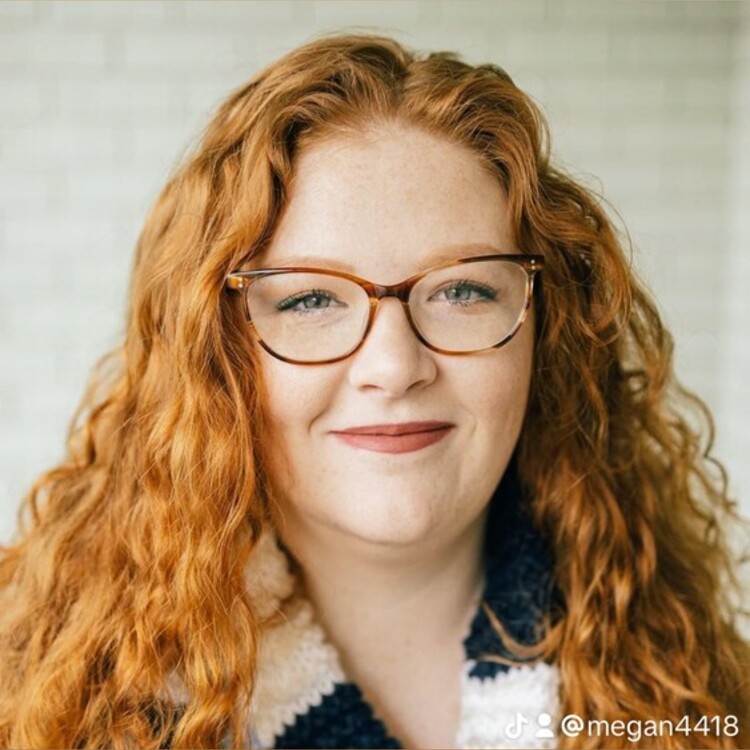
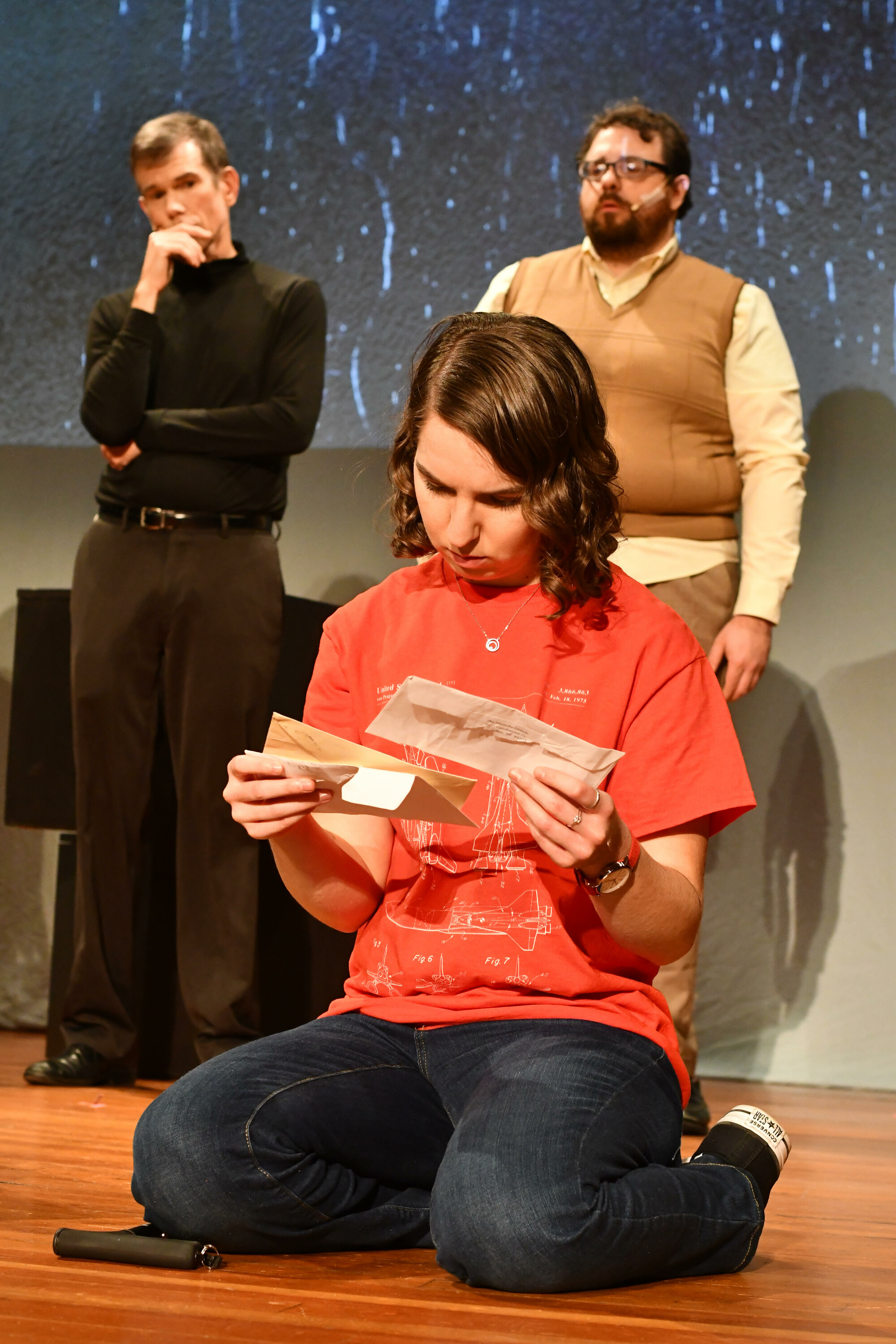
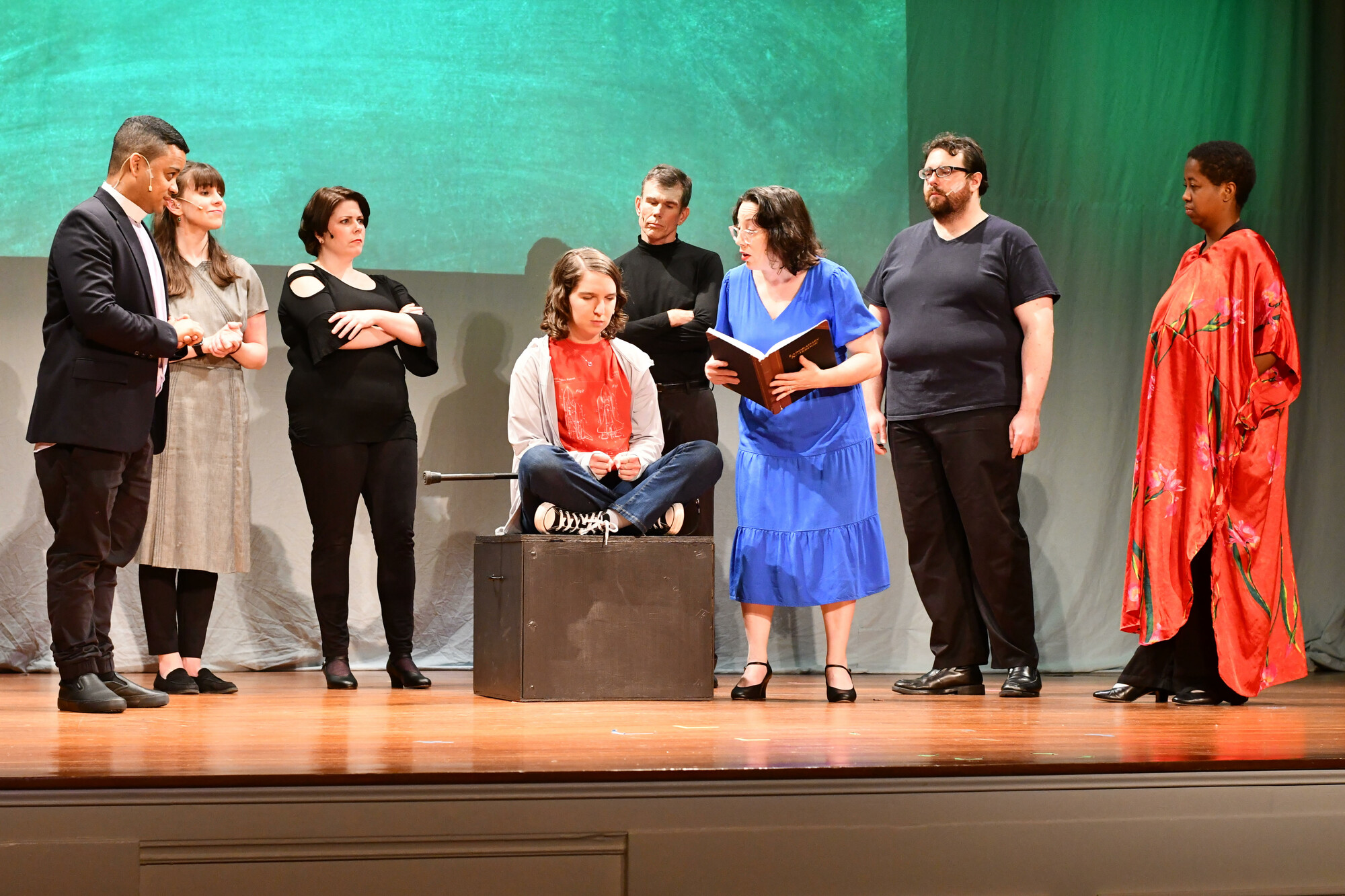
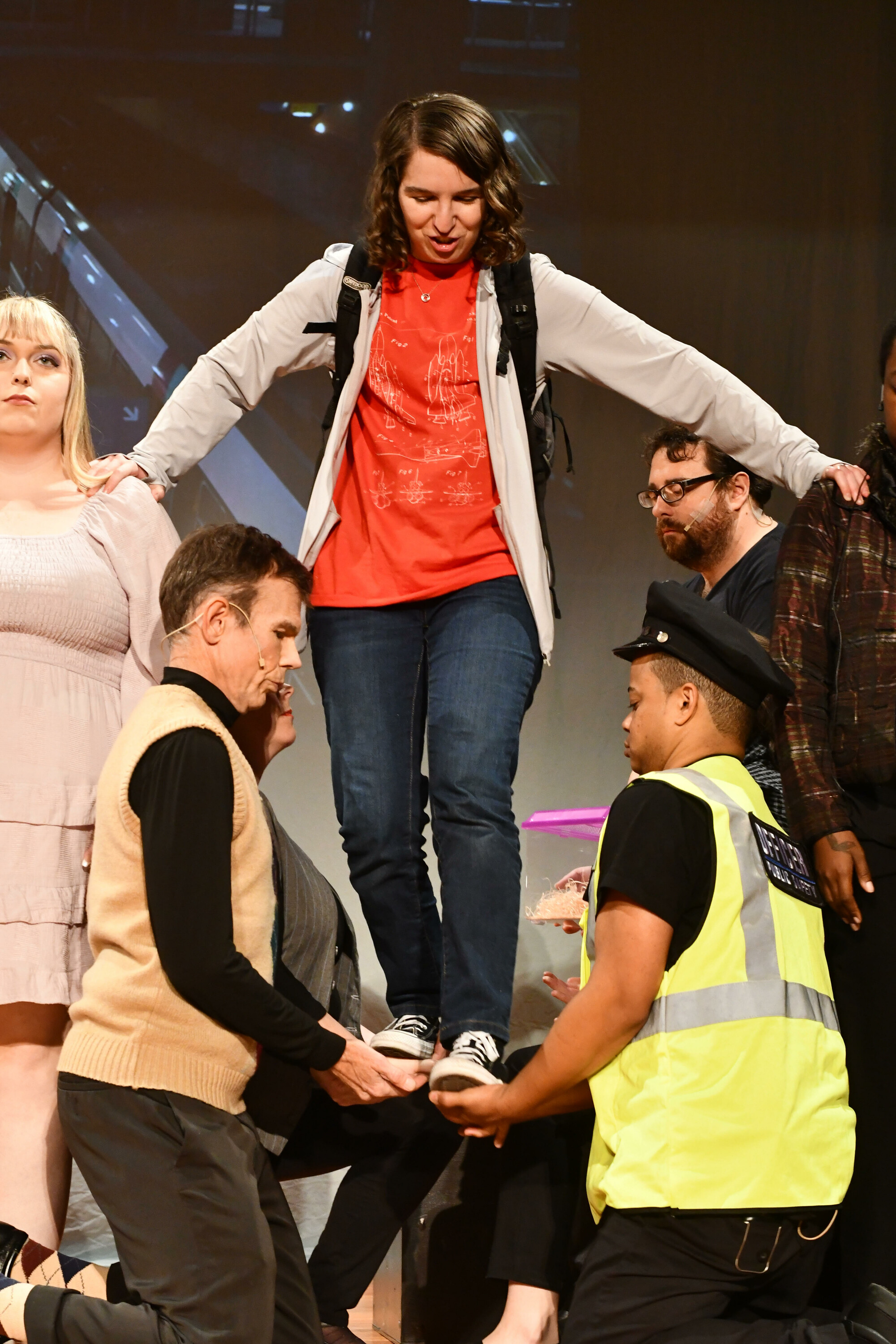
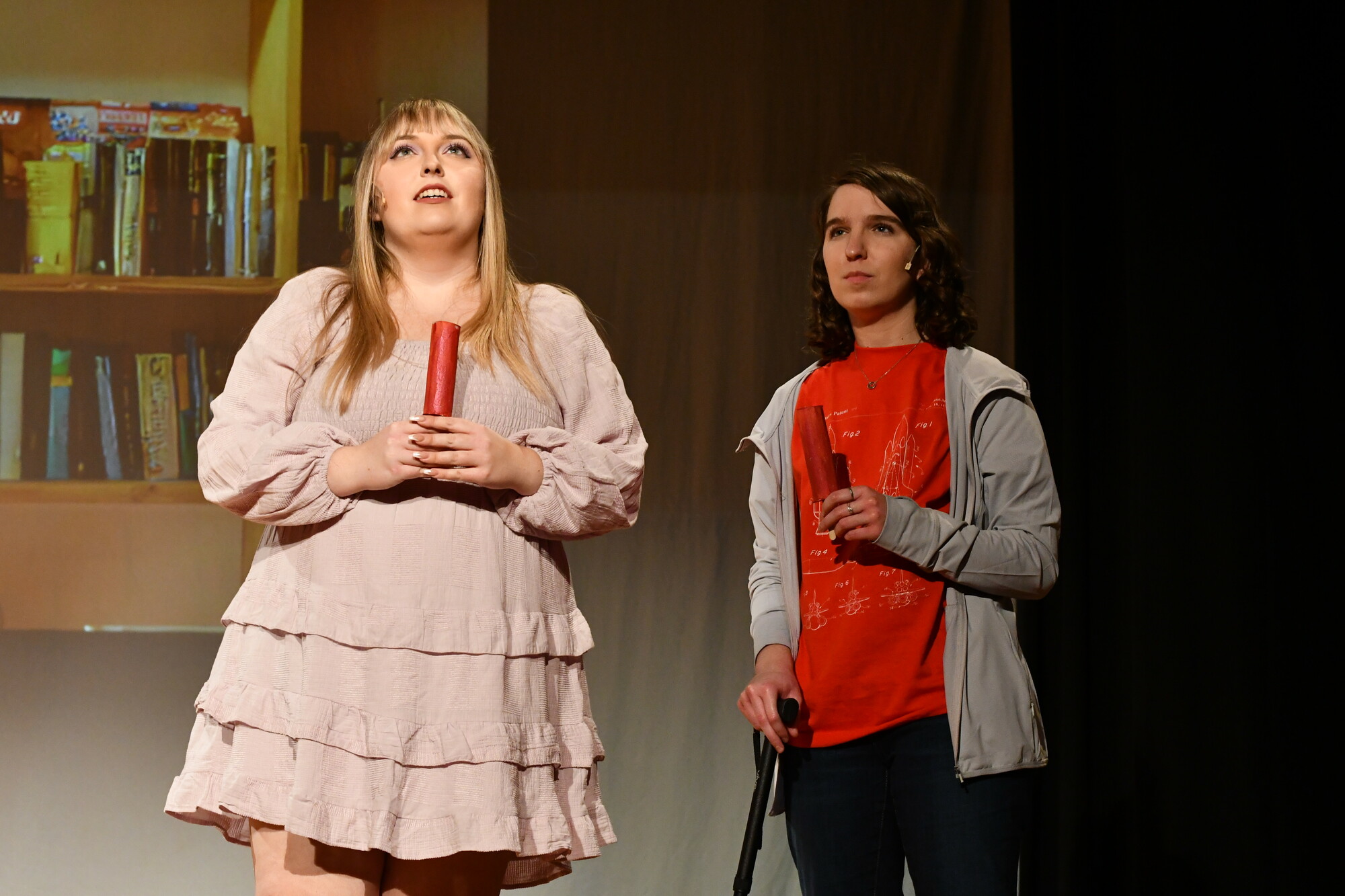
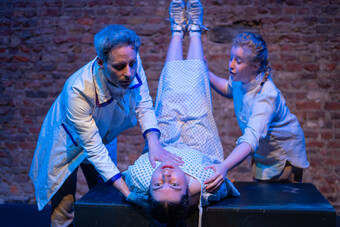





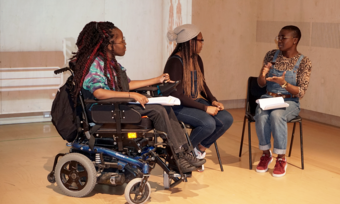


Comments
The article is just the start of the conversation—we want to know what you think about this subject, too! HowlRound is a space for knowledge-sharing, and we welcome spirited, thoughtful, and on-topic dialogue. Find our full comments policy here
Thanks for opening up this conversation. I was just recently diagnosed with autism as a 31 year old woman… this last year has been a whole process of reclaiming lost dreams I had to lay down because of having no context about my ND until recently and all the ways that left felt irrationally difficult which I now understand as sensory sensitives and executive function challenges. I grew up in theatre interning as a homeschool student, assisted a professional theatre company for ten years primarily around directing and dramaturgy, and went to Switzerland and France to study with my teacher’s teachers for multiple summers all by the time I was 22. Then I experienced burnout and health issues and relational ruptured with my mentors and ended up stepping away from theatre in ways. I’m now working with supporting people through animist ritual and somatic nervous system work, but starting to circle back towards sensing into creative process again and what drew me to theatre in the first place. This article is encouraging to think that there might be space for openly autistic creators within theatre contexts.
Thank you so much! I’m glad this article was able to help you in that way. Making theatre accessible is a goal of mine and I hope it’s able to be spread world-wide one day!